Jeremy Summerly, Oxford Camerata - Lassus: Masses for Five Voices, Infelix ego (1993)
EAC | FLAC | Image (Cue & Log) ~ 263 Mb | Total time: 68:24 | Scans included
Classical | Label: Naxos | # 8.550842 | Recorded: 1993
EAC | FLAC | Image (Cue & Log) ~ 263 Mb | Total time: 68:24 | Scans included
Classical | Label: Naxos | # 8.550842 | Recorded: 1993
Kyrie, the Missa Entre vous filles is Lassus at this freshest and most telling, and the Sanctus is particularly beautiful. The Missa Susanne un jour, however, is more ambitious, based on what Jeremy Summerly describes as ‘the most famous song of the 16th century—the l’homme arme of its day’. Moreover, as it deals with the Apocryphal Susanna who was accused of wanton behaviour by two elders after she had spurned their sexual advances, this was just the sort of parody model that had caused the Council of Trent to be upset, two decades earlier. However, it inspired Lassus to his richest polyphony, and many of his celebrants may not have been aware of the implications of the original chanson’s text.


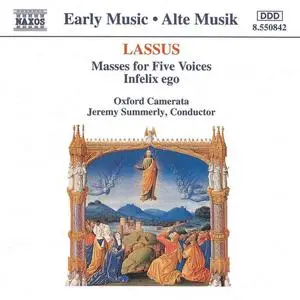
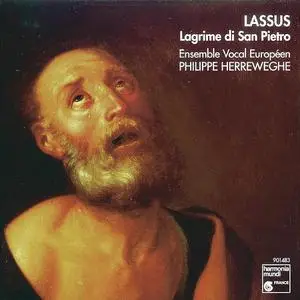
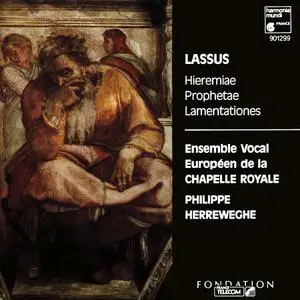
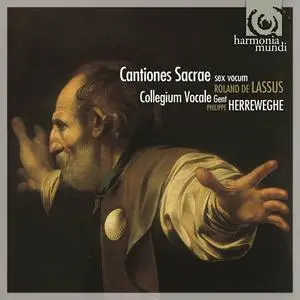
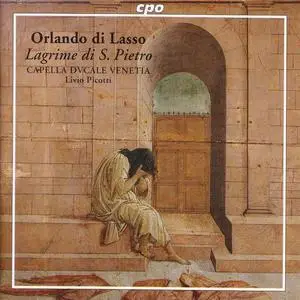
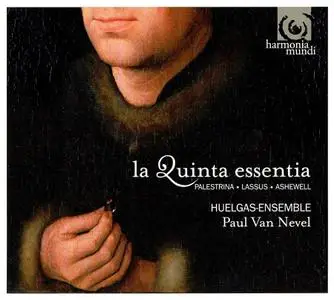
![Jérôme Lejeune - L'Europe Musicale de la Renaissance / Music in Europe at the Time of the Renaissance [8CDs] (2013)](https://pixhost.icu/avaxhome/5c/48/008c485c_medium.jpg)